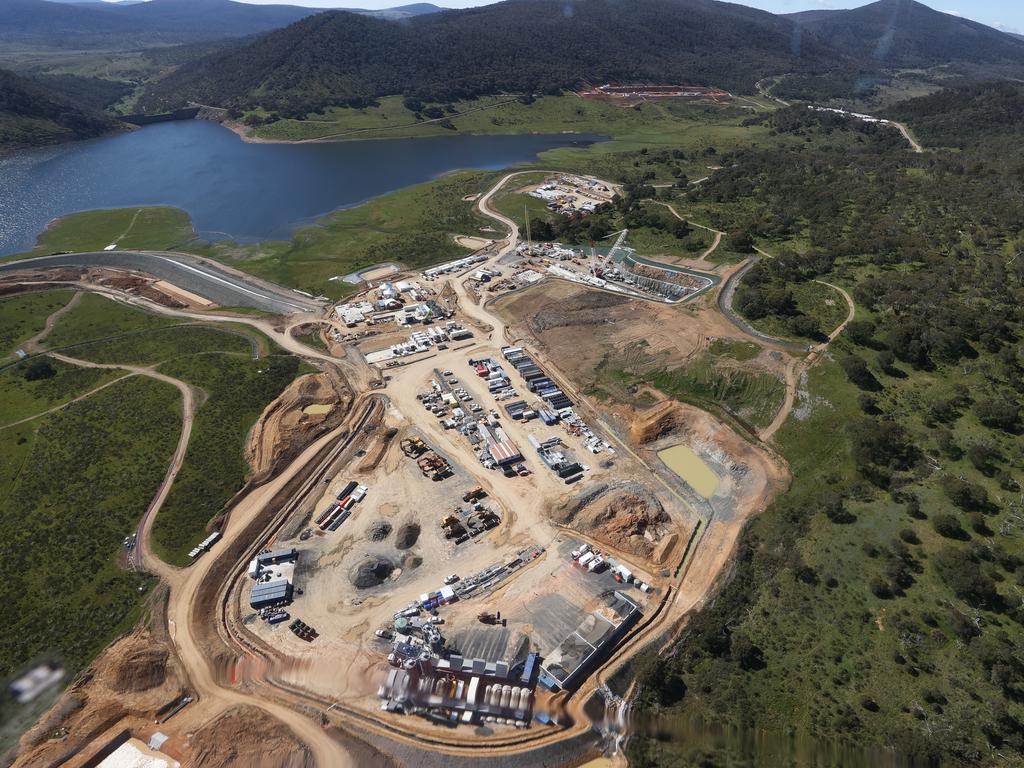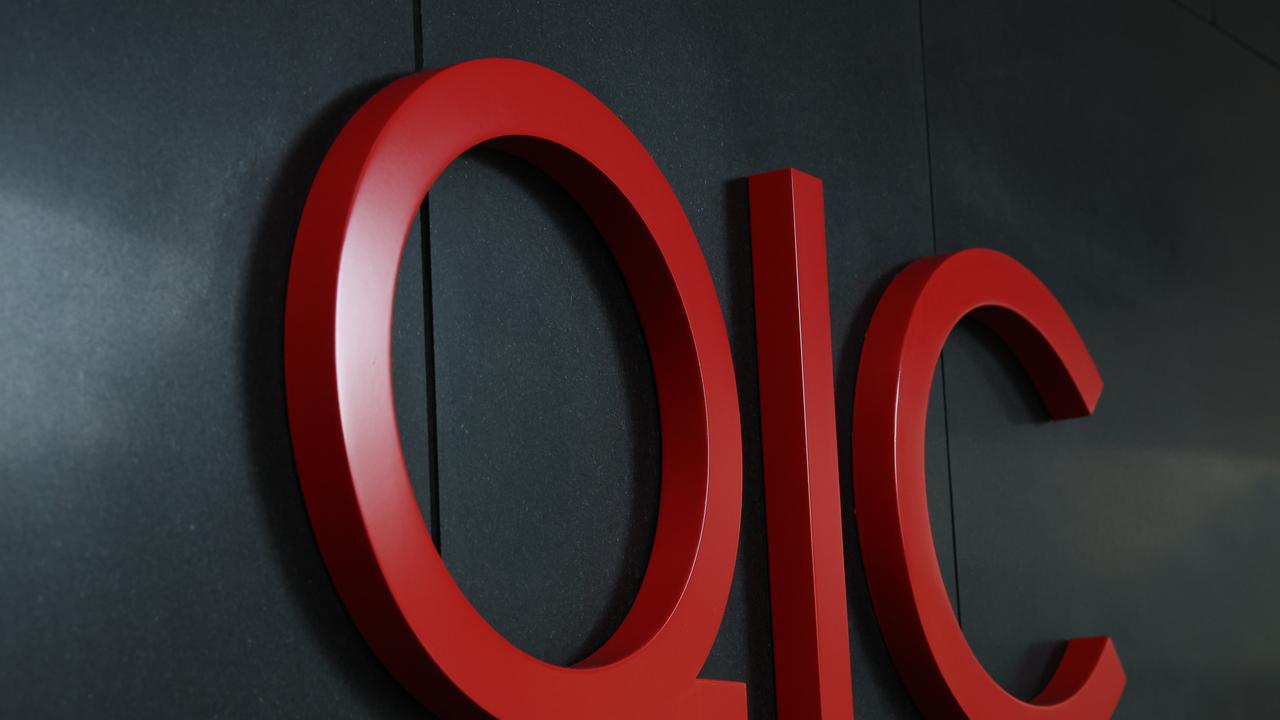How Snowy Hydro is trying to push the accelerator on tunnel boring machine Florence
The Snowy Hydro 2.0 tunnel boring machine is struggling to meet its required pace but its chief executive says he’s increasingly confident the critical project will meet deadline.
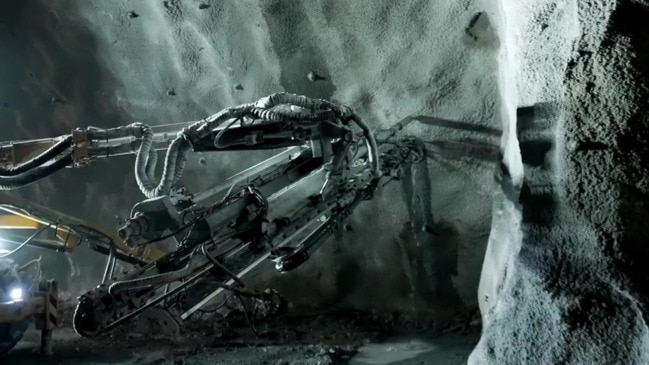
Business
Don't miss out on the headlines from Business. Followed categories will be added to My News.
A year into one of Australia’s toughest leadership gigs, Dennis Barnes is starting to see the light. The Snowy Hydro boss was parachuted into the top job in February 2023 amid turmoil over Australia’s biggest renewable energy project: expanding a half century old hydro scheme to provide vital back-up for growing supplies of solar and wind.
Delays, the collapse of its construction contractor and a massive cost blowout for the federal government-owned Snowy made for a rocky start. Then a huge tunnelling machine, “Florence”, got stuck. But Mr Barnes is keeping his cool.
“There is a learning curve on (tunnel boring machines). Before Florence was paused she had only moved 140m so hadn’t really got her groove on,” said Mr Barnes.
“Now we are getting the learning curve up. All the conversations now are about ‘how do we do it quicker?’. The reality is we have to do 12m a day on average. We aren’t doing that now, but we expect to in the next couple of months.”
Florence is boring the tunnel that will eventually link up with Kirsten, one of the three such machines operated by Snowy Hydro 2.0. But its progress has been marred by controversy that has stoked concern that the project will run late.
Kirsten – named after an Indigenous Australian astrophysicist and science communicator, has just started tunnelling uphill – pushing the boundaries of technological feasibility.
But Mr Barnes said momentum is building.
“Clearly with nearly five years to go, there’s a lot to de-risk – we’re 51, 52 per cent of the way in – but yes, the more you do, the more confident you get,” Barnes says.
“Its role in securing supply will be most felt when its cloudy and still, and its very researched and documented that there are periods of renewable droughts or the dunkelflaute effect. That will be when Snowy comes into its own. And there is no other technology today. There may be technologies in 15, 20 years time but there is no commercial technology other than pumped hydro that goes beyond four hours,” Mr Barnes said.
Snowy Hydro 2.0 shapes as critical for Australia’s energy transition, with the project expected to underpin the country’s grid. Once operational, Snowy Hydro will use excess renewable energy to pump water uphill. During periods with insufficient renewable generation, water will be released – providing enough electricity to power hundreds of thousands of homes for a week.
But if it runs late, Australia would likely have to run coal generators longer or risk higher prices.
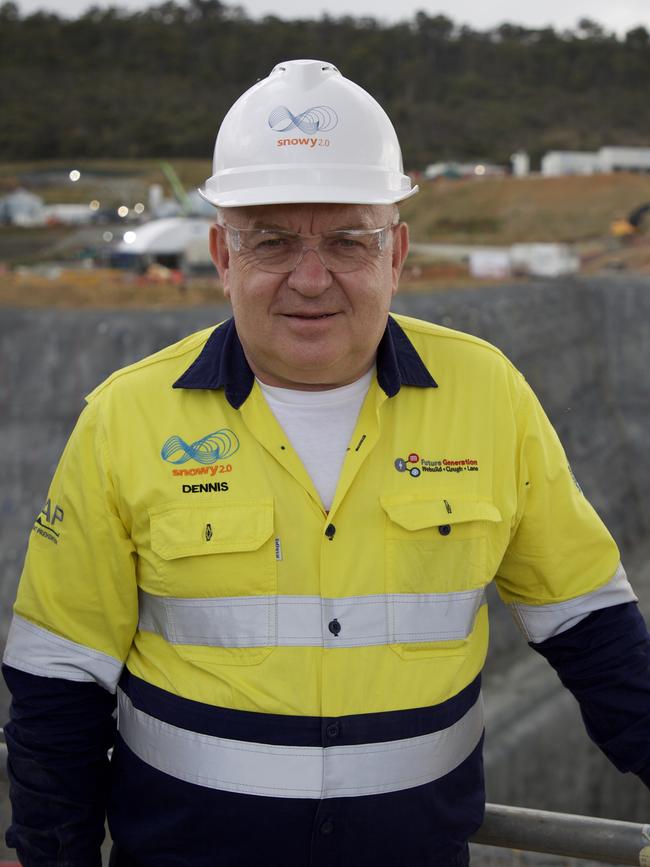
Concern about the progress of the project, however, were spiked when Mr Barnes earlier this month said Florence had completed less than 250m of work at the under-construction hydro scheme since it resumed drilling in December.
In an update as he accompanied journalists on a rare visit of the site, Mr Barnes said progress has now reached 500m, and the project expects to soon increase its daily progress, dubbing it as akin to removing its “P Plates”.
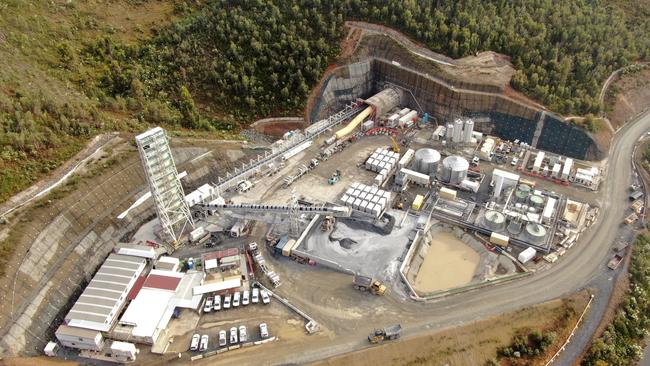
Once the tunnels are completed, it will link with the projects proposed underground power station. Works on the cavan, which will once finished will be so big that it would comfortably hold the Sydney Opera House, is in contrast progressing well.
But Mr Barnes’ acknowledges that the 16KM headrace tunnel is critical
“Clearly the headrace tunnel as a whole is the critical path: Florence not moving was the lightning rod for the project having its difficulties,” Mr Barnes said.
Should works on one of the tunnels under construction undershoot targets, Snowy will struggle to meet its target of first power by 2028.
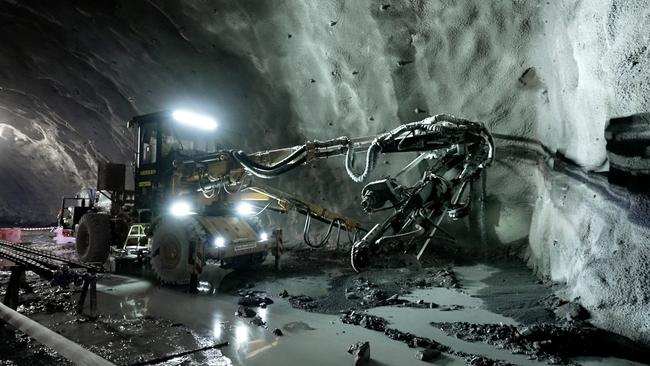
Snowy also faces a looming patch of soft ground, which was a primary reason for Florence being paused for around a year, but Mr Barnes said the delay has allowed the project to be ready for the difficult conditions.
“We are ahead of risks, so we are thinking about risks that are upcoming rather than reacting,” said Mr Barnes. “We get more and more confident every day.”
Still, the soft patch of rock will likely see Florence’s progress slow and Mr Barnes early this month said the developer was considering buying another tunnel boring machine to expedite works.

Mr Barnes said a decision on whether to purchase the machine would be taken by April.
“We will make a decision in the next month or two on whether we need to do something else at the other end of the headrace tunnel. That is looking pretty certain to do something and then it will be a decision between tunnel boring or drill and blast techniques,” Mr Barnes said.
The Snowy Hydro chief executive said the developers have experts working on evaluating between the two options and the developer has undertaken more geological surveys, but it will be a finely balanced decision.
“It will not be black or white,” Mr Barnes cautioned.
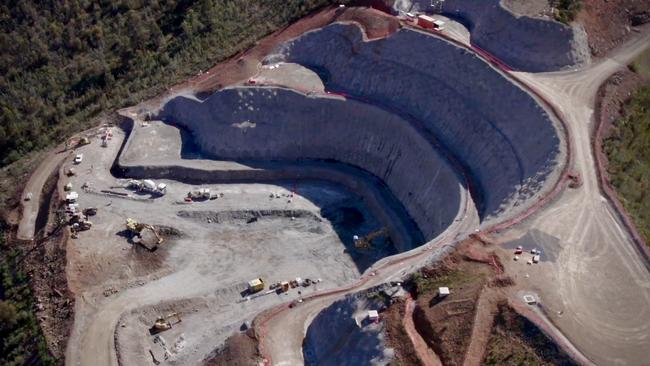
Mr Barnes said buying such a machine would not increase the total cost of the project, with significant contingency funds already baked in. However, with the cost of building Snowy 2.0 already doubling to $12bn, the prospect of further challenging ground conditions may stoke further concern around delivery of the project.
Australia’s energy transition can ill afford, however, more delays to Snowy 2.0.
The 2200-megawatt expansion of the pumped hydro storage project in NSW has been beset by problems that has forced prolonged delays and swelled the taxpayer bill.
Snowy was initially projected to cost about $2bn and be completed in 2021, before being revised to almost $6bn. It is now expected to cost $12bn.
Australia is increasingly reliant on the development of the renewable project as a string of coal generators are forced into retirement as they reach the end of their lifespan.
Labor has set an aggressive energy transition target of having renewable energy generate 82 per cent of Australia’s electricity by 2030. Developers are moving quickly to develop renewable energy generation projects, but Australia’s rollout of so-called back-up storage such as Snowy 2.0 is well behind the pace.
More Coverage
Originally published as How Snowy Hydro is trying to push the accelerator on tunnel boring machine Florence


